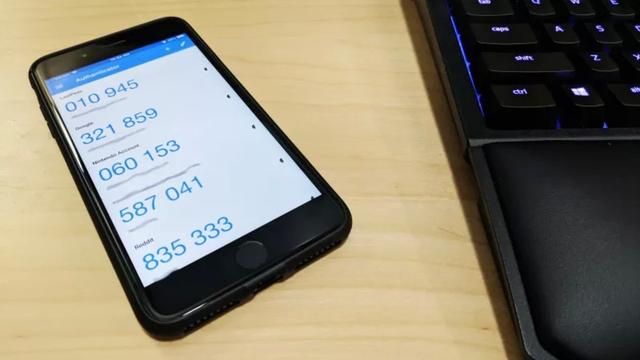Roland V-8HD Report Complete Edition ◎ More active multi-source production and distribution at live concerts and events
Utilizing the portable video switcher in the field
▲ I tried to operate it at the actual site, but it is compact and easy to carry, and the table feels wide. As a function, it has performance comparable to that of high-grade switchers.
VIDEO SALON April 2020 issue We will deliver a volume-up article.
Many people think of switchers as people who switch images, but let's take a look at a device called a switcher. Today's switchers are becoming less valuable unless they are produced using various visual effects. In addition, it must be affordable, equipped with various functions, and easy to understand how to operate. There are many manufacturers that handle switchers, but among them, Roland's newly released V-8HD is one of the excellent switchers that expresses the intentions of the operator. Let's take a closer look at its performance and features this time. Report ● Ding Ryukai (R & Y Factory)
◎ HDMI is the main input / output
Video input / output is mainly HDMI specifications. Input is 8ch and output is 3ch. Inputs 1 to 6 are normal HDMI, but 7 to 8 have a scaler function, and they match images from PCs and tablets with different resolutions to the optimum resolution. The output HDMI 3 system can be freely selected from 4 types of allocation: AUX, Program, Preview, and Multi-View. The RCA pin type is used for audio input / output, and the standard input / output level is -10dBu. Be careful when the distance is long because it is unbalanced. Also, if you want to input XLR such as a microphone, one option is to put it in the camera once and input the embedded sound via HDMI. ▲ The back of V-8HD. The terminals are well organized in a small space, and HDMI, RCA pins, USB, and TSR are lined up.
▲ The HDMI terminal is a vertical insertion type, and there is no upper and lower layout, so it is easy to insert and remove.
There are two other types of USB terminals on the back. Type-A is used for inputting images and firmware upgrades. Type-B can be connected to an iPad and perform various operations with the "V-8HD Remote". And one of the unique features of Roland is that it has a TSR terminal. This can be controlled using a foot switch or expression pedal instead of the audio input / output phone jack.
A mini stereo phone jack, volume dial, and power switch are located on the side. Since the power switch is a switchable type, there is little risk of turning off the power due to an erroneous operation when connecting or disconnecting the cable, unlike the switch type. Overall, the impression is that each terminal is well placed in a compact body. ▲ The side part of V-8HD. The power supply is a small switch with shallow protrusions.
◎ Voice that HDMI is uneasy
For those who have been involved in video for many years, the word "HDMI" may be anxious when it comes to HDMI 8ch switchers. The author was one of them. There are various reasons such as "HDMI is easy to pull out" and "It is not suitable for long-distance operation", but the current HDMI technology is advancing, and devices that enable long-distance operation with optical fiber HDMI cables and LAN cables such as HDBaseT. Are available. These technologies are already in operation at many sites and have a lot of achievements, so you can operate them with confidence. Also, although many camera devices are equipped with HDMI, support for SDI is limited and the price range is a little higher. It's a good idea to check the convenience of the HDMI terminal once again.
◎ 24 patterns can be selected with one touch
In addition to 8ch video input, the V-8HD can record 8 still images. Moreover, since the data of 8 images is recorded even if the power switch is turned off, it is good to be able to prepare it at the stage of checking the equipment. In addition to being distributed to each channel, these 8 images can be sent with a single touch using the iPad app, so if you allocate 16 images of 8ch + 8 images to the memory function using the PinP, DSK, and SPLIT functions, 24 You can produce patterns.
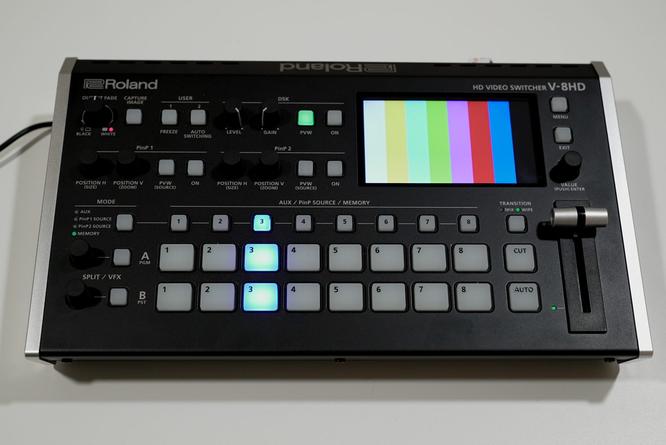
▲ When the power is turned on, the mode is to read the image data recorded on the main unit from a flashy start, but it takes longer than expected.
▲ The menu screen has a V series configuration, so it is easy to understand and operate. Since it is not a touch panel monitor, it has a wide viewing angle.
▲ T-bar switching only available in the V series. Since it is a linear movement like the V-1 and V-02HD, it may feel strange to those who have used switchers so far.
◎ The most secret of ease of use is the "MODE" button
"MODE" button provided on the V-8HD. This system is also the number one attraction of the V-8HD. If you use this, the small sub-switching button above the main switching button has four functions, AUX, PinP 1, PinP 2, and MEMORY, and you can quickly switch between them. It is a wonderful function that you can operate it immediately without having to enter from the menu. The VR-50HD Mk2 had a similar function, but it was too limited to handle with a 4ch switcher. The V-60HD also had a "MODE" button, but I only used it to switch between AUX and MEMORY, and I didn't use it very often.
▲ The MODE button, which is the most outstanding feature of the V-8HD. Four types of switching, AUX, PinP1, PinP2, and MEMORY, are possible.
Taking advantage of the strength of 8ch, the V-8HD is easy to operate, so you will definitely want to use it. In addition to AUX out switching, two PinP switching, and main switching, two systems that allow you to easily perform another switching work. You can think of it as a switcher that can control.
◎ Push-type dial buttons make it even easier to use
Push-type dial buttons on Roland switchers are a typical function for selecting and controlling menus. This time, that feature is also used for the PinP dial buttons. Normally, there are two dials to determine the position (location) of PinP, but you can "zoom in" and "zoom" by pushing, so you don't have to go into the menu anymore. You can also easily check on the preview screen using the "PVW" button installed next to it. I think the V-8HD's PinP offers ease of use not found in other switchers.
▲ The PinP dial has a size and zoom control function by pushing it, so you can operate it without entering from the menu.
▲ The side of the compact body. The SPLIT and VFX buttons are located near the switching buttons, so be careful of erroneous operations. Also, the dial may be annoying to people with large hands.
◎ Easy to handle and still images
The V-8HD makes it easier to handle still images. First of all, it should be possible to record eight images in the built-in memory mentioned above. The difficulty is that it takes longer than expected to read the memory at startup, but it's not a pain considering that it is fetched every time. And now it can handle PNG still image formats. Speaking of Roland switchers in the past, still images could only read Windows Bitmap files, and many people had a hard time, but now it is convenient to be able to import PNG. If you want, I'd be happy if you could import Jpeg files as well. So, if you want to capture an image easily, there is a way to capture it via HDMI. The V-8HD has a "CAPTURE IMAGE" button on the panel. In the past, operations were performed from the menu, so things that used to take time to search for items can now be done with a single touch. ▲ The recorded images can be touched by input from the menu, but 8 images can be sent directly from the iPad (described later).
◎ Video processing is 4: 2: 2 8bit
The V-8HD's video processing uses 4: 2: 2 processing. The current products that handle 4: 2: 2 8bit at Roland are probably about 5 models: V-60HD, V-1HD, V-1SDI, V-4EX, and VR-4HD. Other than that, 4: 4: 4 10-bit video processing is performed. In fact, most of the signals output from the camera are 4: 2: 2 8bit, so it's not a big problem, but the first thing that affects the "pulling out" of the DSK. When you actually use DSK, you will feel the edges and gradations are not so good, but you will not be so worried about the image quality when projecting onto a large screen with a projector or broadcasting on the Internet. However, I really want all products to be unified to 4: 4: 4 10bit.
▲ The video processing itself is 4: 2: 2 8bit V-8HD. When I tried the quality of DSK with gradation, it didn't bother me so much.
◎ Cooperation with equipment
If you need to record a switching image while relaying a concert or event, you can control the switch of the external recorder with a switcher. Currently, the monitor recorder of ATOMOS has been confirmed to work. One of the safe materials is that you can record while checking the image of switching out on the switcher panel. Setting from the main unit button needs to be assigned from the system to the user button, but it is not necessary if you use the iPad application. Also, on the recorder side, it is necessary to set the Rec control to HDMI. ▲ You can operate the Rec control of the ATOMOS series by assigning the user switch of the setting. Very convenient for recording switching outs. ▲ When recording with the ATOMOS series, it is necessary to set the Rec control to the HDMI trigger.
Roland's proud foot switch is also used in the V-8HD. The V-02HD had 2 channels, so it was one control TSR, but this unit has two TSR terminals. This allows up to four foot buttons to be controlled using the BOSS FS series. ▲ You can use the familiar foot switch function on the V-02HD. There are two V-8HD systems available, so if you use the FS-6, you can operate four patterns at your feet.
◎ Control with "V-8 Remote"
Many Roland switchers these days have apps that you can control using your iPad or computer. There are various advantages such as items that are difficult to operate on the main unit and operations that can only be performed here. In particular, the voice control is the fineness unique to Roland. It enables detailed operations not found in other switchers. ▲ iPad dedicated application "V-8HD Remote". Approximate settings can be controlled from here. You can easily adjust the transition time, which is not on the main panel, from here.
With this V-8HD, you can download the "V-8 Remote" controlled by the iPad from the App Store. Not to mention the basic operation, the Rec button of the ATOMOS series, which required switch allocation on the main unit, is arranged by default. Since the voice control is V series, there is no fader arrangement on the main unit, so it is operated using the application. The audio and AUDIO IN empeded in each HDMI can be visually observed and operated in detail with a noise gate, compressor, equalizer, etc. For AUDIO out, you can operate the panel fader for master out and AUX out. And, as a point of pressing many times, eight recorded still images can be displayed with one touch. It's a pity that you can't see the thumbnail on the screen, but if you use it well, you'll be able to send a still image without assigning it to the main button. ▲ The audio fader is easy to operate from the iPad. Also, one of Roland's strengths is the ability to make fine adjustments to the sound.
A little troublesome is the connection cable to the iPad. Since it is a Type-B specification, it is not supported by a genuine cable, so preparation is required in advance.
● Overview The current functions of various switchers reduce complicated work for the operator. Of the five switchers I own, the V-8HD has some fascinating features that no other device can see. In addition, the compact body makes it easy to carry and secure space on site. Even though the body is small, it is designed to be easy to handle the functions that are considered necessary in the field, such as abundant menu settings and output system. When dealing with connection methods such as HDMI and RCA, which are more common in consumer devices, there are some parts that cannot hide the anxiety factor, but if you understand the characteristics and handle it well, you can feel more convenience. There will be. With this performance, the cost performance that the price range is less than 300,000 is perfect. V8-HD equipped with various functions in an 8ch switcher. Isn't it a work that was made only by Roland, which has developed famous machines to the world in the past?
Switcher Video Switcher Roland
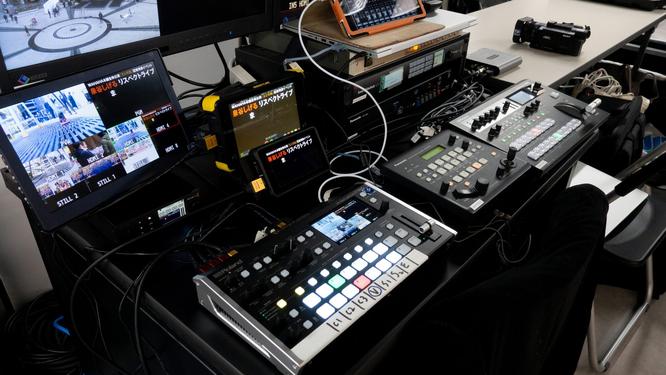
![10th generation Core i5 equipped 9.5h drive mobile notebook is on sale at 50,000 yen level [Cool by Evo Book] 10th generation Core i5 equipped 9.5h drive mobile notebook is on sale at 50,000 yen level [Cool by Evo Book]](https://website-google-hk.oss-cn-hongkong.aliyuncs.com/drawing/article_results_9/2022/3/9/4a18d0792cae58836b71b9f591325261_0.jpeg)
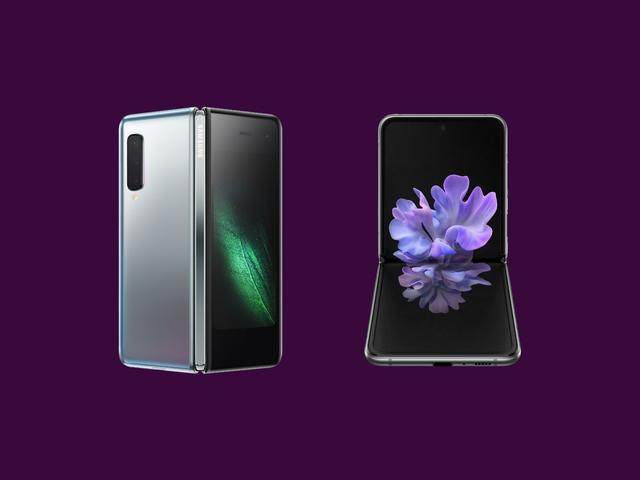

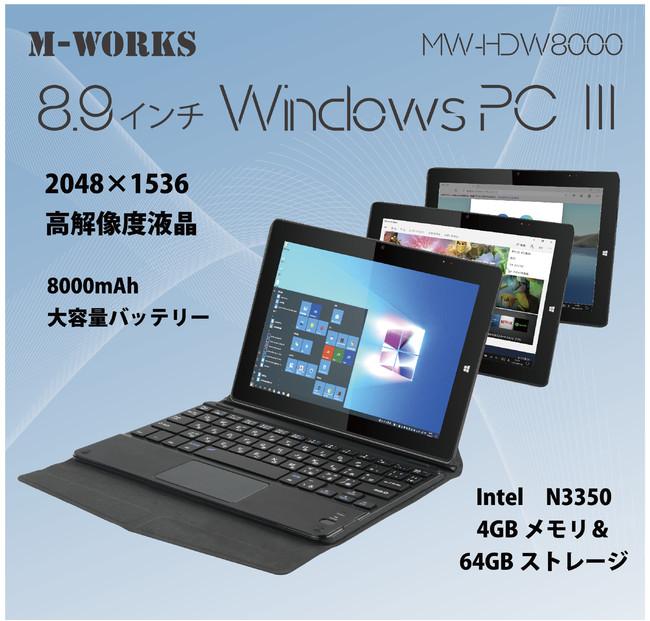
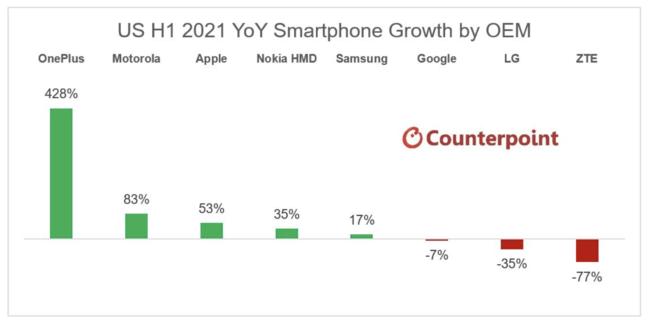
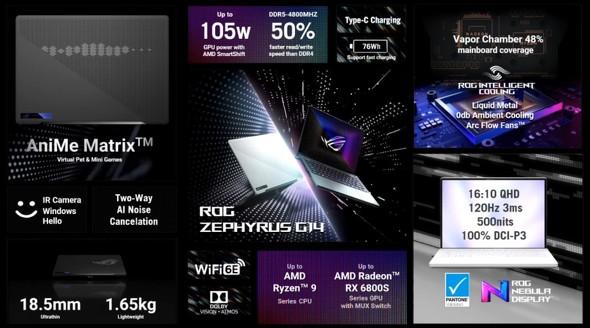
![[Amazon time sale in progress! ] 64GB microSD card of 1,266 yen and wireless earphone with noise canceling function of 52% off, etc. [Amazon time sale in progress! ] 64GB microSD card of 1,266 yen and wireless earphone with noise canceling function of 52% off, etc.](https://website-google-hk.oss-cn-hongkong.aliyuncs.com/drawing/article_results_9/2022/3/9/c88341f90bab7fe3ce1dc78d8bd6b02d_0.jpeg)
